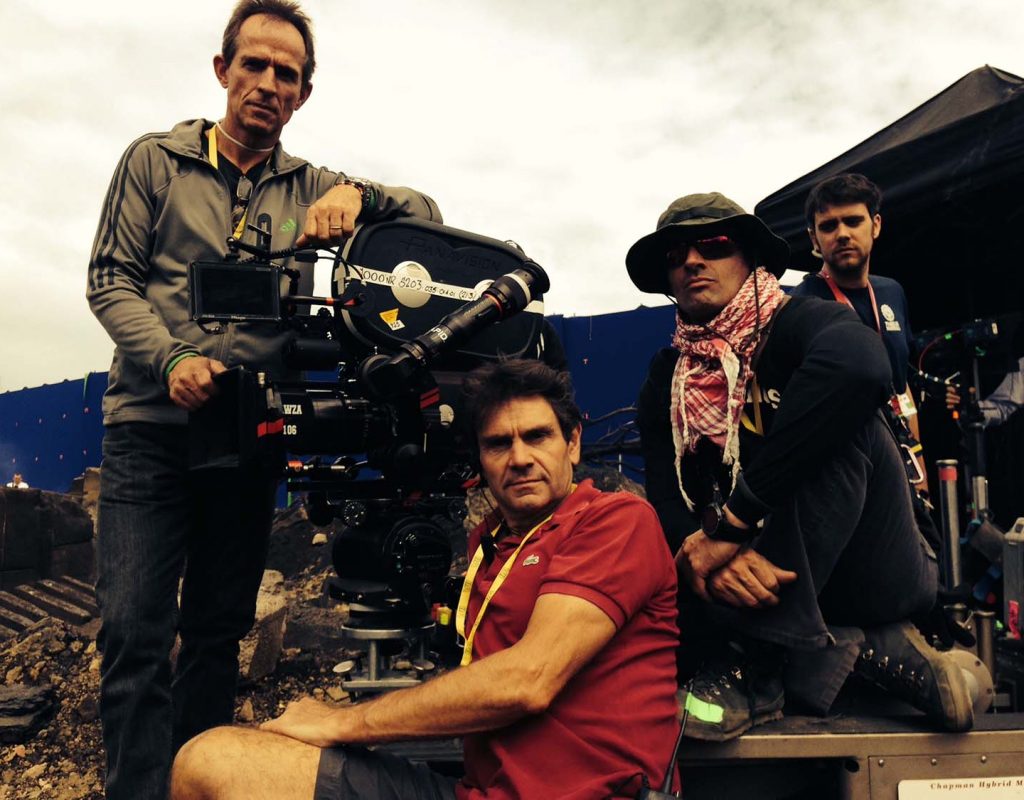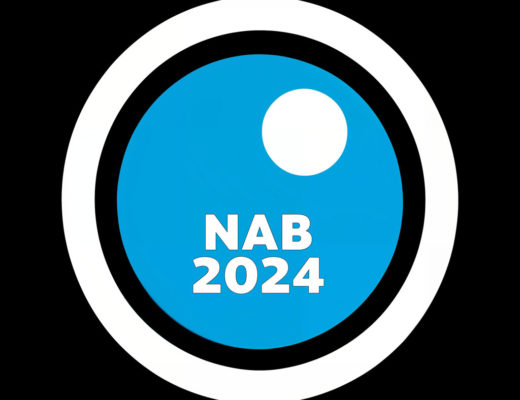Implementing a DAM project can be quite technical. If you’re the stakeholder, here is how to pick a team to implement a DAM for your organization.
Posted by Henrik de Gyor on February 17, 2009
Let us say you are a stakeholder within an organization trying to implement a DAM. You have heard about the value of a DAM and about possible cost savings it may yield. You go to discussions and meetings where people keep saying they need a DAM, but you get lost in the technical blah blah and you can’t wrap your head around what they are talking about. Aside from hearing “we need this” and “we need that,” all you hear is dollar figures racking up which worries you. Believe it or not, there are plenty of you out there. Stop denying it. Here is what you can do:
- Find/hire people who understand the issues and the objectives for your DAM
- Have them document everything in writing:
- What did they thoroughly research?
- What did they observe?
- What are the issues are?
- How do people work now?
- What are their current workflows?
- What may need to be done?
- Why does this need to happen?
- What will be done?
- How it will be done?
- How this will affect who?
- Who will do what?
- When will it be done?
- Where it will happen?
- Where are the assets?
- Where is the metadata coming from?
- Keep the DAM project team small. You should be able to count heads directly involved with the project on one or two hands, if possible. Make sure they mutually respect each other, play well together and have open candor between them. Allow them to challenge each others point of view as long as they do it professionally and it yields better decisions.
- Include people who will/may be users and/or administrators. They must know the organization’s current workflows and know the individuals in the first user group(s) which will utilize the DAM.
- Make sure you have at least one technical people on your side of the table (who is not tied to any vendor, past nor present) so you don’t get taken for a ride and so that they can focus on what your organization’s needs are, even if you don’t quite see all the advantages that can be gained along the way at this time. (I know it’s hard, but have faith them)
- At least person on the team must have DAM experience, understand the terms, be a problem solver, a forward thinker and fully understand the objectives of the project. Have experience as an DAM administrator or a DAM power user.
- Get a Project Manager (PM or PMP) with technical experience in software deployment, but they do not necessarily need DAM experience. A PM with DAM experience can be a plus though. The PM should keep the project on time, on budget and on task. (These are very good things which are supposed to happen).
Once you have these people (your team on your side), give them written objectives, a fair budget to start with and then let them do their jobs. Yes, I know this may be difficult for some people to trust what they don’t understand, but it is more important that you nor anyone else do not hinder the progress if the team believes in what they are doing and know how to accomplish the objectives with what they have, particularly if they are on budget, on time and on task. After all, this is why you asked these smart people to work together and take care of the project for you. The process may take weeks or months (as scheduled by the PM), but you should see measurable progress even if you don’t understand how they do it (they should still be able to explain how this progress gets accomplished as long as you don’t ask every day). Anyone who truly does not understand the process, can not wrap their head around the issues, need every detail explained in extreme detail multiple times and does not contribute to project may need to be removed from the project team in order to stop hindering the progress. Open candor and debates between project team members which brings pause to the group before major decisions is one of the few exceptions. The PM should moderate these friendly debates based on how on track the debates are to the decisions which need to be made.
If the vendor and your project team speak the same language (literally and technically), they will communicate what is going on regularly, how the process will occur and progress will usually continue.
Require a weekly report emailed to you in order to keep you up to date on the status of the DAM project in terms you understand.
- Is the project on time, on budget and on task as planned? Why or why not?
- What is the project plan? Next step?
- How much is this going to cost the organization? How is the cost justified?
- Who is responsible for what?
A DAM can simplify, centralize and unify certain workflows and assets needed for your business. A good DAM project team will help make your organization’s DAM a reality and a success.
ByHenrik de Gyor

Filmtools
Filmmakers go-to destination for pre-production, production & post production equipment!
Shop Now
![Who should be on a DAM project team? 3 Reblog this post [with Zemanta]](http://img.zemanta.com/reblog_e.png?x-id=8a0287c8-1992-47bc-833d-0315988ae51d)












